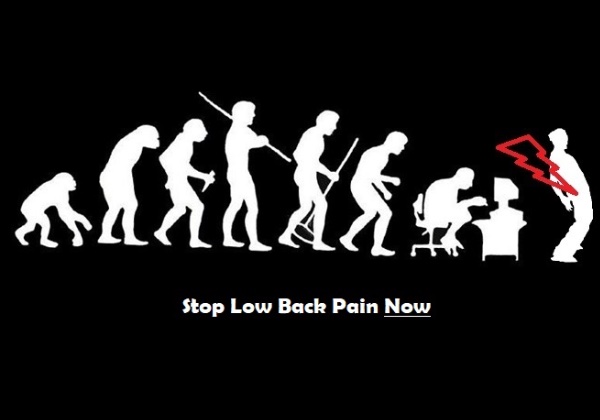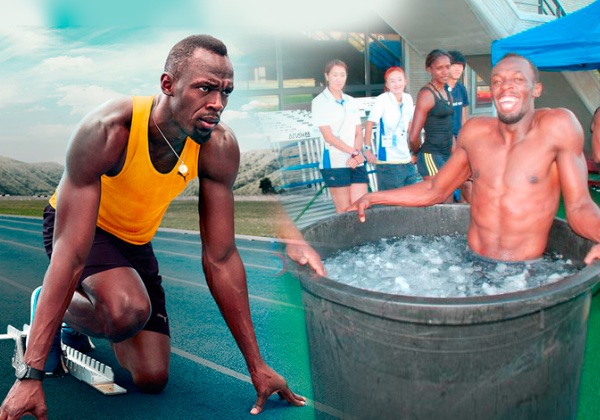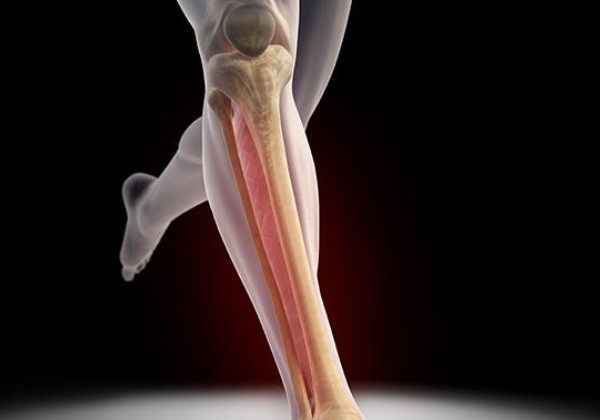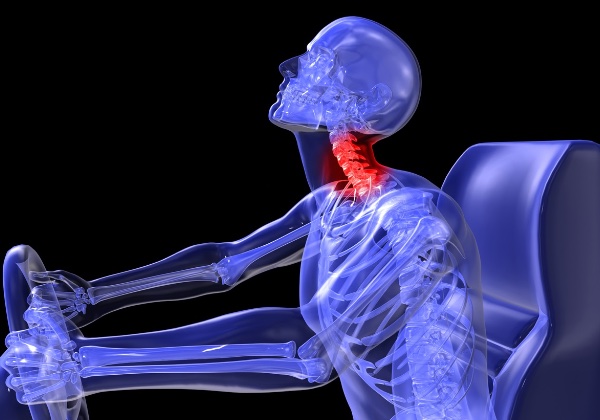3 Simple Tips to Stop Back Pain from Ruining your Life
I kid you not, 80-90% of people resolve their low back pain in 3 months with OR without a therapist laying a finger on them. This is when most people with low back pain give me a look of disbelief (sometimes even more), but it’s something we see clinically. Of course, there are special cases as well as ways to speed up the process and prevent the pain from coming back. If you have neurological symptoms such as accompanying pain that shoots down your leg, that can last as long as 2 years before you experience any relief.









